From the wilderness
We headed to Miet Thu to find the old Canh Den land. The journey of more than 70km in the sudden heavy rain seemed to make Canh Den further away and more difficult to travel. The late writer Son Nam once described this area in the 1930s and 1940s in the story "The Youngest Girl Returns to the Forest" as: "A green forest covered the horizon in all directions". Then: "The strange thing about that land is that it is strange and dangerous. Even the name Canh Den sounds strange". Or: "In that land, at dusk everyone has to go under a mosquito net to... eat"... which is not strange.
We went to the house of old farmer Nguyen Van Dau (69 years old), who had been Party Cell Secretary, Head of Can Co Hamlet for nearly 30 years and then separated to Canh Den. In the spacious house built in the typical architectural style of the Southwest region, after a warm greeting, Mr. Dau began the story with the name Canh Den containing many anecdotes.
Farmers in Canh Den harvest giant freshwater prawns
According to legend, around the end of the 18th century, Lord Nguyen Anh fled to this land to avoid the Tay Son army. At that time, in the entourage there was Princess Ngoc Hanh, because she was not used to the wind, rain and sun, she fell ill and passed away. The princess was buried and a temple was built to worship her. Later, when people came here to settle down, they chose to build houses next to the temple, hoping to be protected. Gradually, the place name Canh Den was formed from that. Currently, Canh Den belongs to the territory of 2 provinces An Giang and Ca Mau. In An Giang alone, Canh Den has 5 hamlets: Canh Den 1, Canh Den 2, Canh Den 3, Can Cu and Thi My in Vinh Phong commune.
“And in Canh Den, do we have mosquitoes that chirp like flutes and leeches that float like rice noodles?”, I asked. Mr. Dau laughed: “Yes! There are countless mosquitoes and leeches in Canh Den. But mosquitoes the size of hens are exaggerated. As for tigers and leopards, I have only heard about them but have never seen them. But leeches do not float like rice noodles.”
However, there is one truth that Mr. Dau is sure of, that even years after liberation, the people's lives here were still so difficult that three people pooled their rice to exchange for a pair of pants. The land was alum, salty, and only a few bushels/cong of cultivation were possible. Houses were very far away; even at night, they could see stars in the sky because the leaves of the houses were rotten and torn and they had no money to re-roof them...
Become prosperous
“Canh Den used to be like that - difficult and remote, but Canh Den is different now. Now this area is prosperous, with vast rice and shrimp fields; straight, clean, beautiful rural roads; tiled-roof houses built close together...”, Mr. Dau excitedly said. According to Mr. Dau, the milestone for this area to change was thanks to the policy of sweetening the Ca Mau peninsula directed by the late Prime Minister Vo Van Kiet. In the period 1990 - 1995, this area began to raise giant tiger prawns with very high efficiency. Later, the Dan Quan canal, Pho Sinh - Canh Den canal, and Bach Nguu canal were cleared. Most people switched to raising giant tiger prawns and made a lot of money, becoming rich. “I remember at that time, one night of selling giant tiger prawns could sell for nearly 25 million VND, 2 nights for more than 40 million VND; while gold at that time was 600,000 VND/tael. That's why everyone was keen on raising shrimp,” Mr. Dau recalled.
Seeing the economic efficiency, in 2010 the locality converted most of the specialized rice land to shrimp-rice. Along with that, programs on electricity, irrigation, new rural construction... have opened up opportunities for the whole Vinh Phong commune to develop as it is today. "Now most of the houses are solidly built, the roads are flat, children can go to school. Particularly the "yawning dog field" area that used to be only for buffalo herding has now become a "rich neighborhood", many households earn billions of dong/year", Mr. Dau affirmed.
Saying goodbye to Mr. Dau, we went to the "rich neighborhood" Thi My next to the "yawning dog field". Stopping by the house of Mr. Nguyen Hoang Luu (68 years old), residing in Thi My hamlet, we were startled by the story of getting rich that sounded "easy". He briefly said: "In 1991, I came to this yawning dog field to start a business when I had less than 10 hectares of land. Thanks to diligence and luck, for many years I hit the jackpot with shrimp and crab, saving up to buy more land. Like that, in 1997 I bought 200 hectares. In 2000, I hit the jackpot with shrimp and crab worth more than 500 million VND and built a house worth hundreds of taels of gold at that time".
Party Cell Secretary, Head of Thi My Hamlet Dang Van Du continued: “Back then, shrimp farming was very profitable! Besides Mr. Luu, Mr. Nam was also famous for his success in shrimp farming in this “yawning dog field”. Currently, the locality is developing sustainably with the shrimp - rice, crab - shrimp - rice, soft-shell turtle, snake models...; many shrimp farms harvest dozens of tons per crop; rice yields 8 tons/ha... Therefore, households with a lot of land earn billions of dong, which is a common thing.”
Leaving Canh Den village in a hurry because of the sudden afternoon rain. Now, Canh Den village is no longer “strange” but has become a prosperous place in a remote commune.
Article and photos: PHAM HIEU
Source: https://baoangiang.com.vn/ve-noi-muoi-keu-nhu-sao-thoi--a425238.html


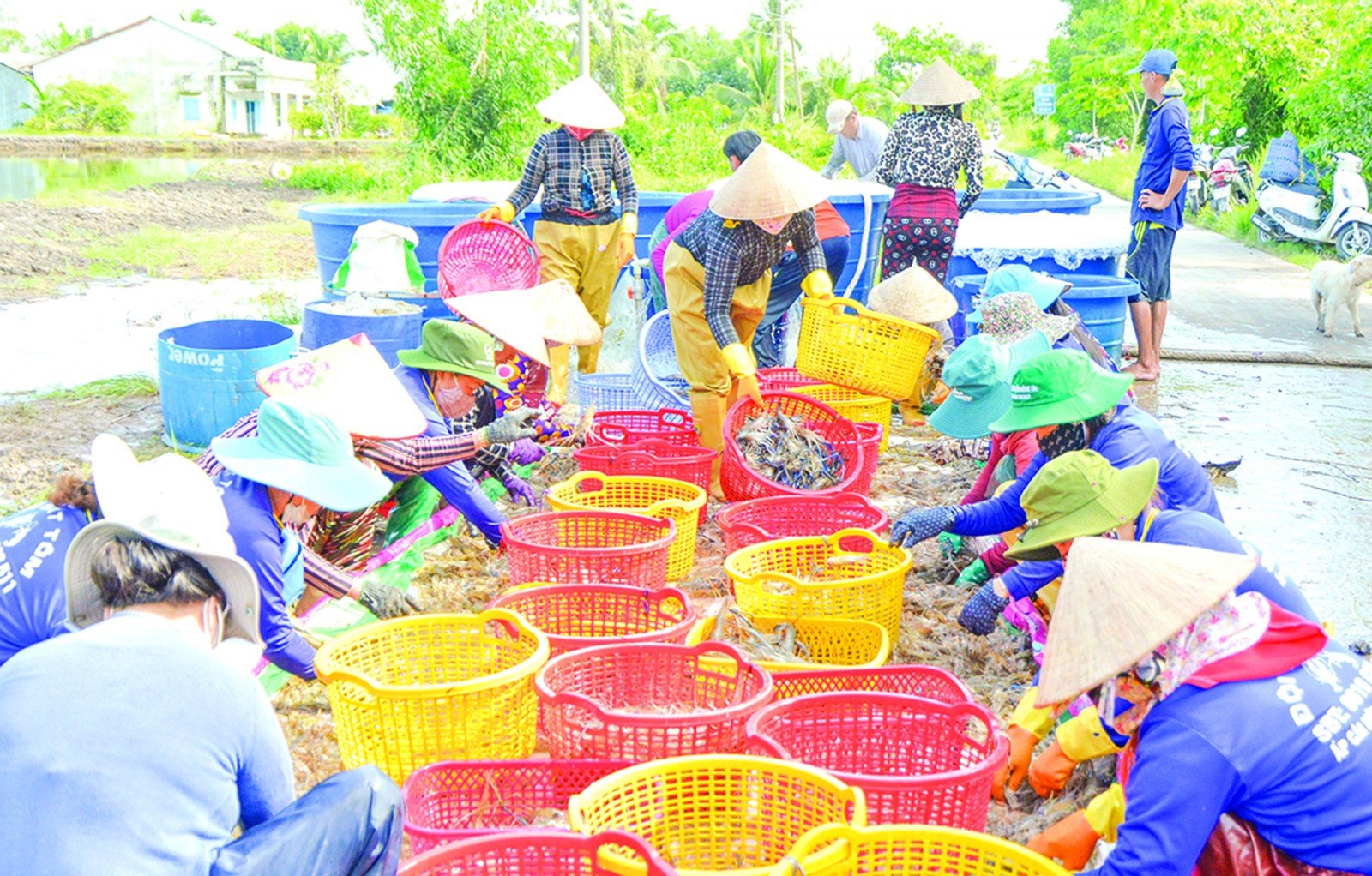
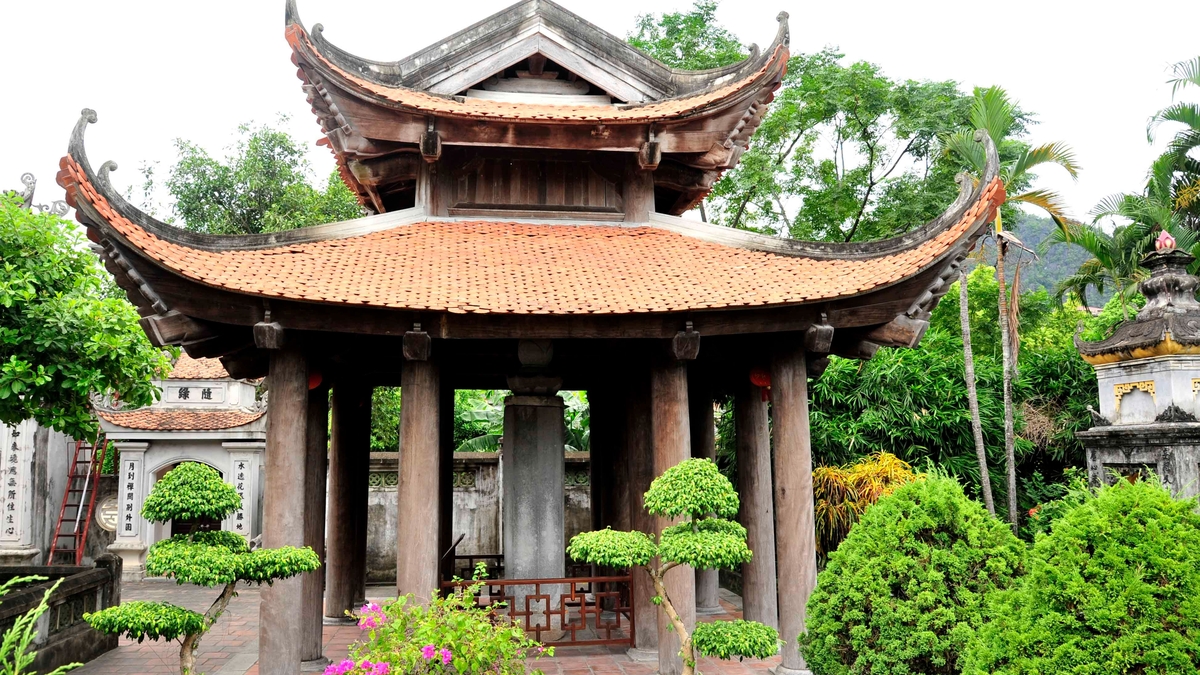
![[Photo] Flooding on the right side of the gate, entrance to Hue Citadel](https://vphoto.vietnam.vn/thumb/1200x675/vietnam/resource/IMAGE/2025/10/28/1761660788143_ndo_br_gen-h-z7165069467254-74c71c36d0cb396744b678cec80552f0-2-jpg.webp)
![[Photo] National Assembly Chairman Tran Thanh Man received a delegation of the Social Democratic Party of Germany](https://vphoto.vietnam.vn/thumb/1200x675/vietnam/resource/IMAGE/2025/10/28/1761652150406_ndo_br_cover-3345-jpg.webp)
![[Photo] Draft documents of the 14th Party Congress reach people at the Commune Cultural Post Offices](https://vphoto.vietnam.vn/thumb/1200x675/vietnam/resource/IMAGE/2025/10/28/1761642182616_du-thao-tai-tinh-hung-yen-4070-5235-jpg.webp)


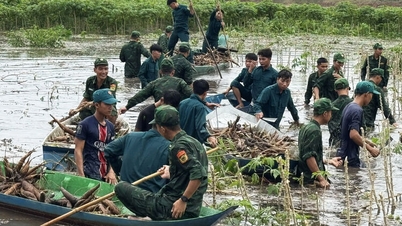


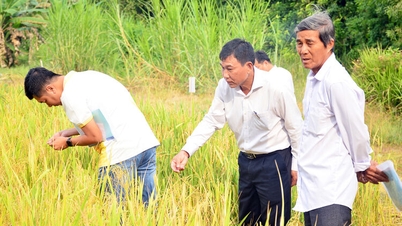
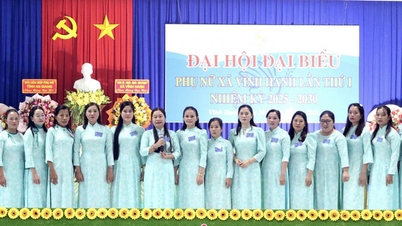
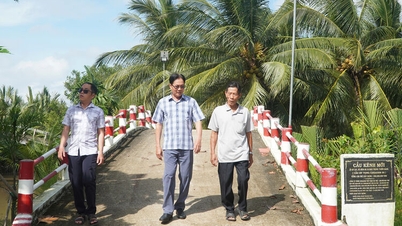
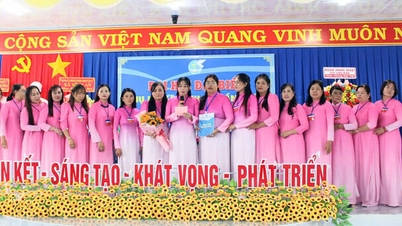
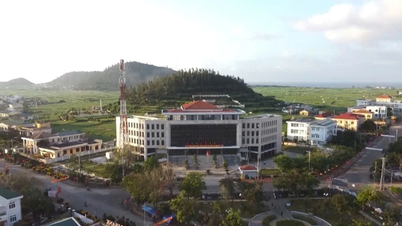

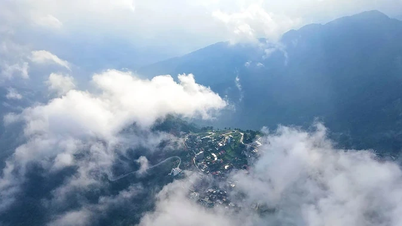

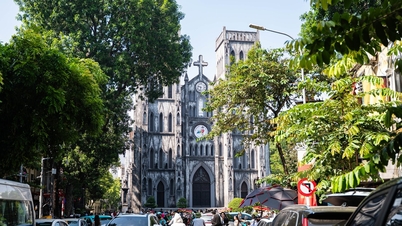



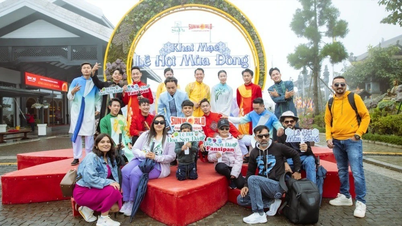

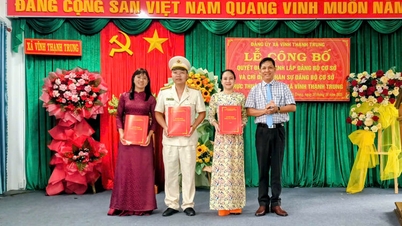


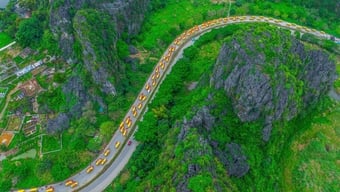
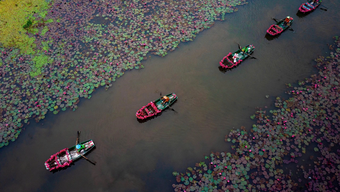
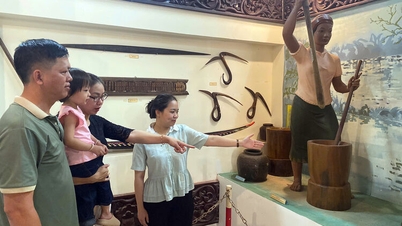
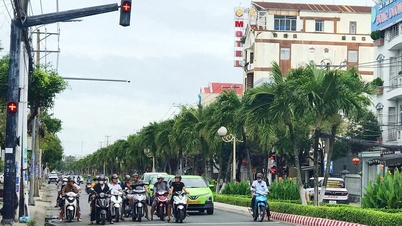
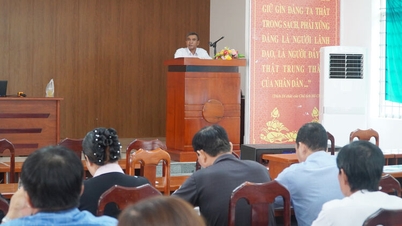
![[Photo] President Luong Cuong attends the 80th Anniversary of the Traditional Day of the Armed Forces of Military Region 3](https://vphoto.vietnam.vn/thumb/1200x675/vietnam/resource/IMAGE/2025/10/28/1761635584312_ndo_br_1-jpg.webp)

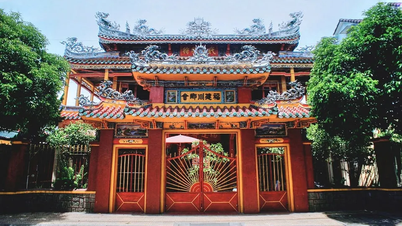

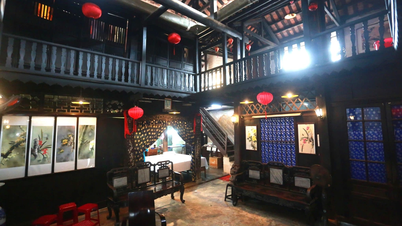

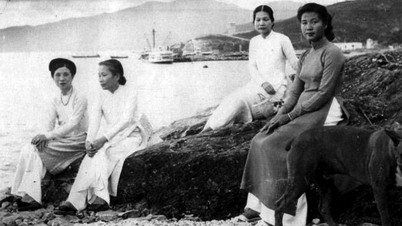

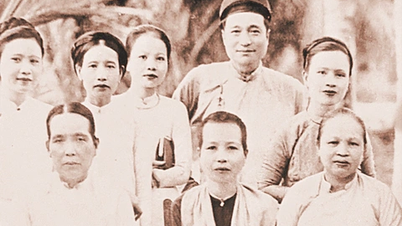
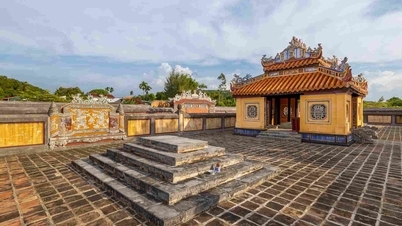









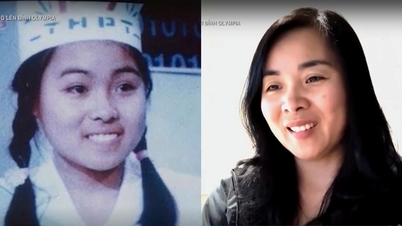

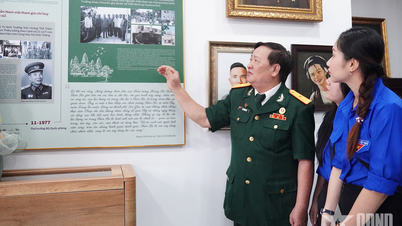


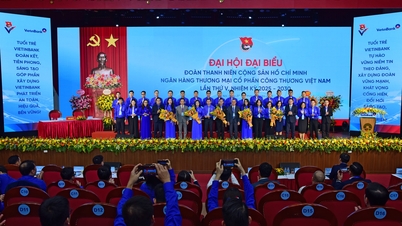
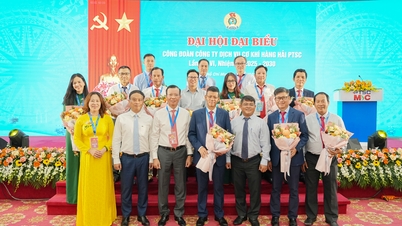
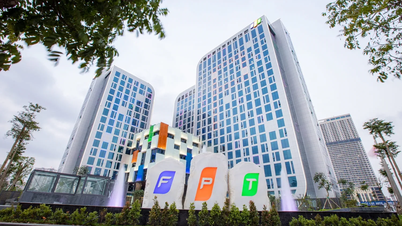


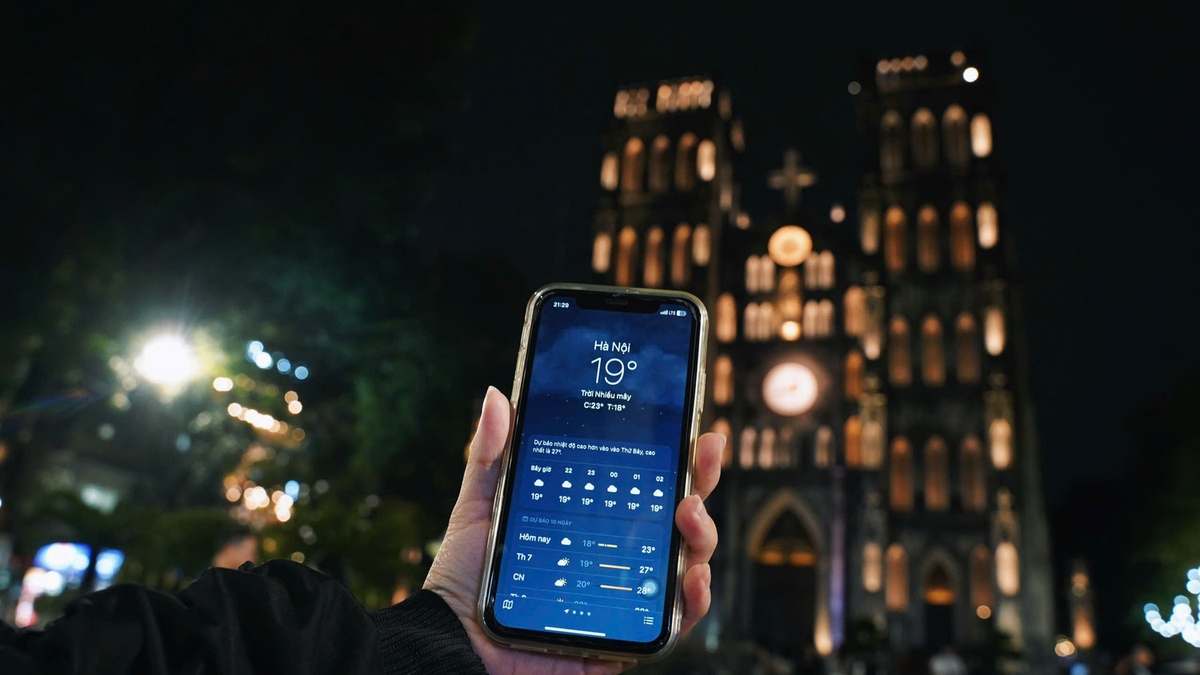

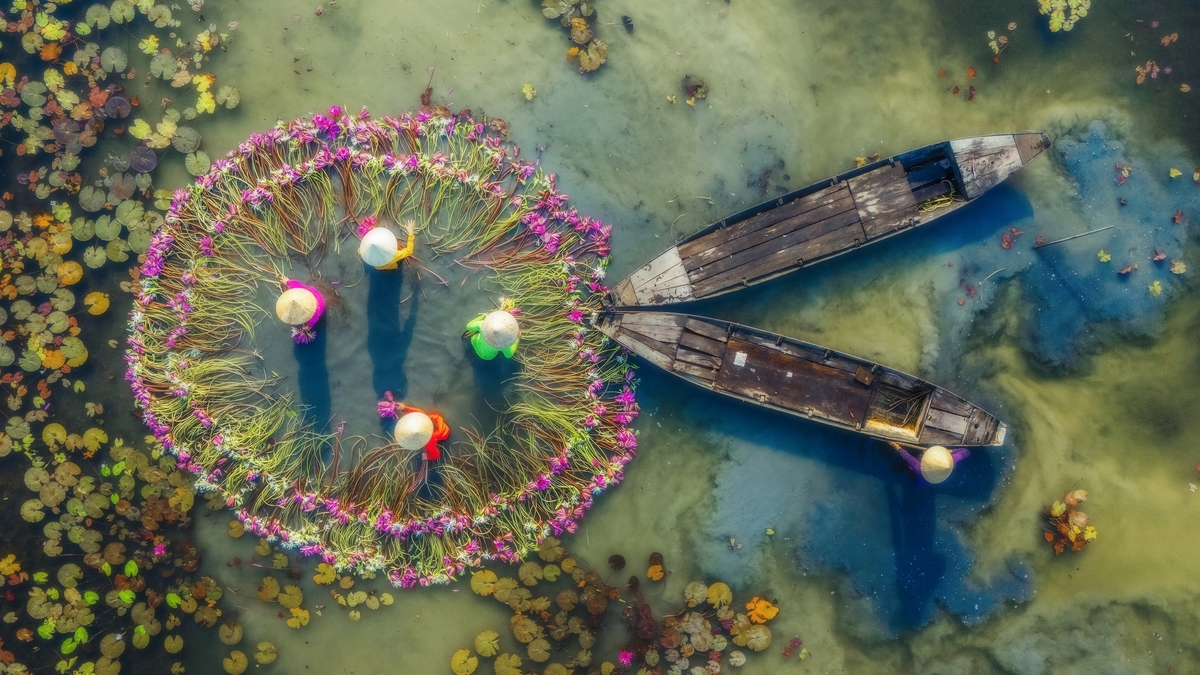
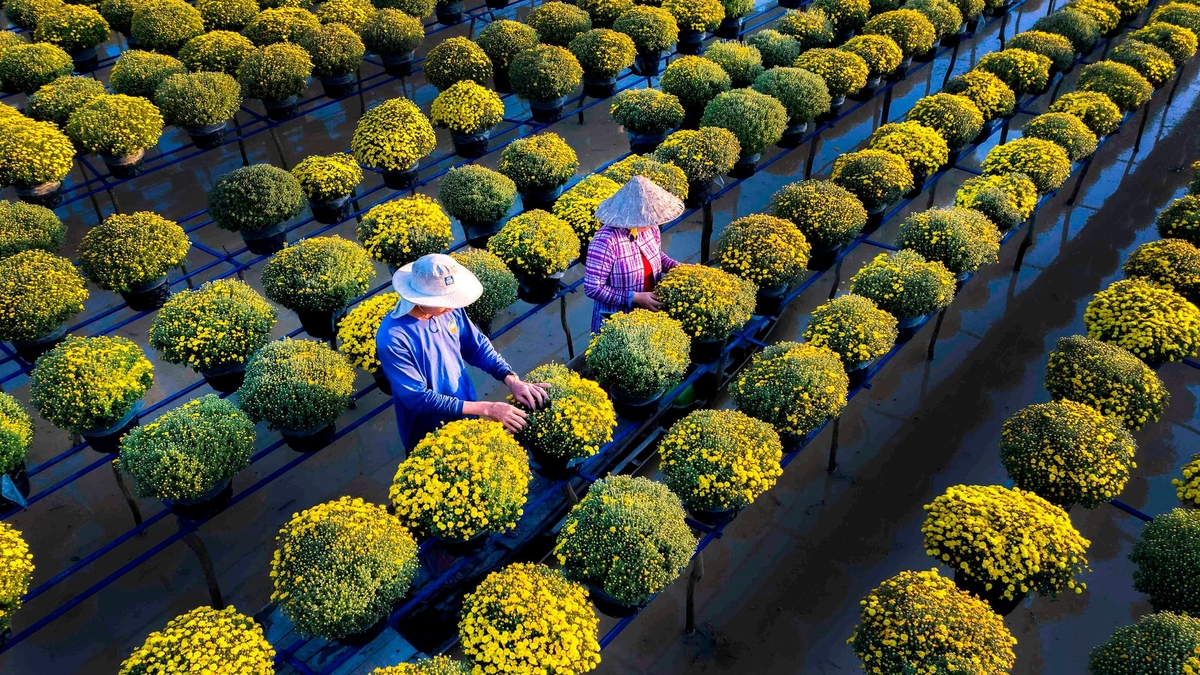
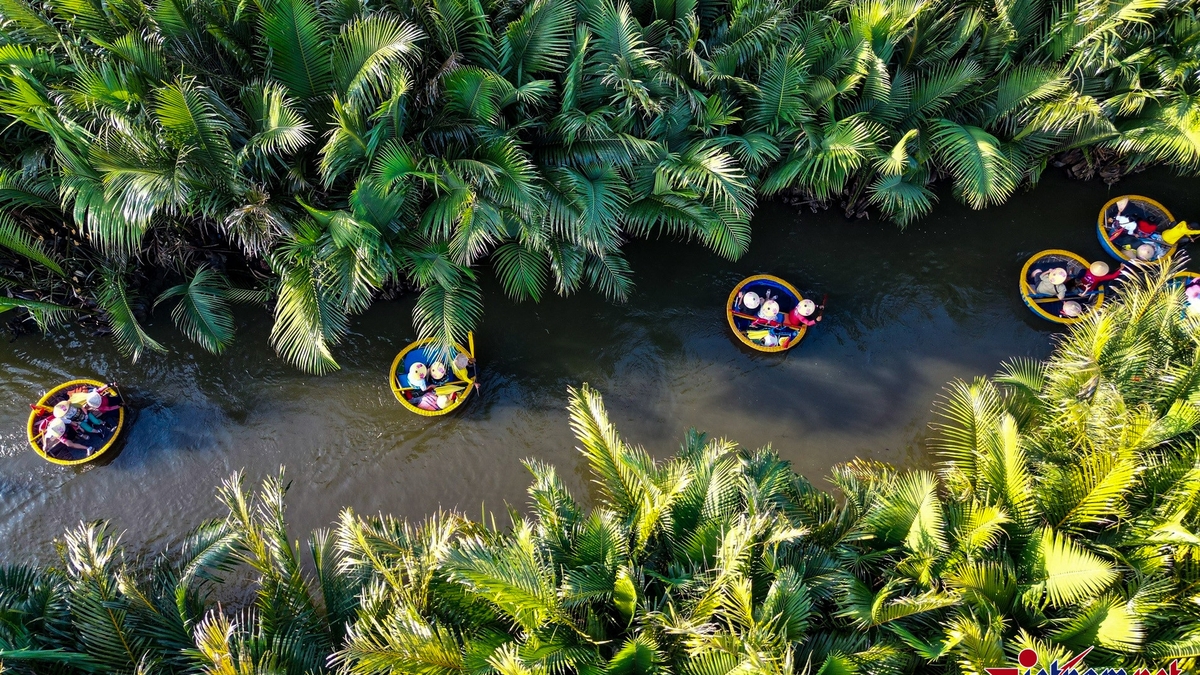
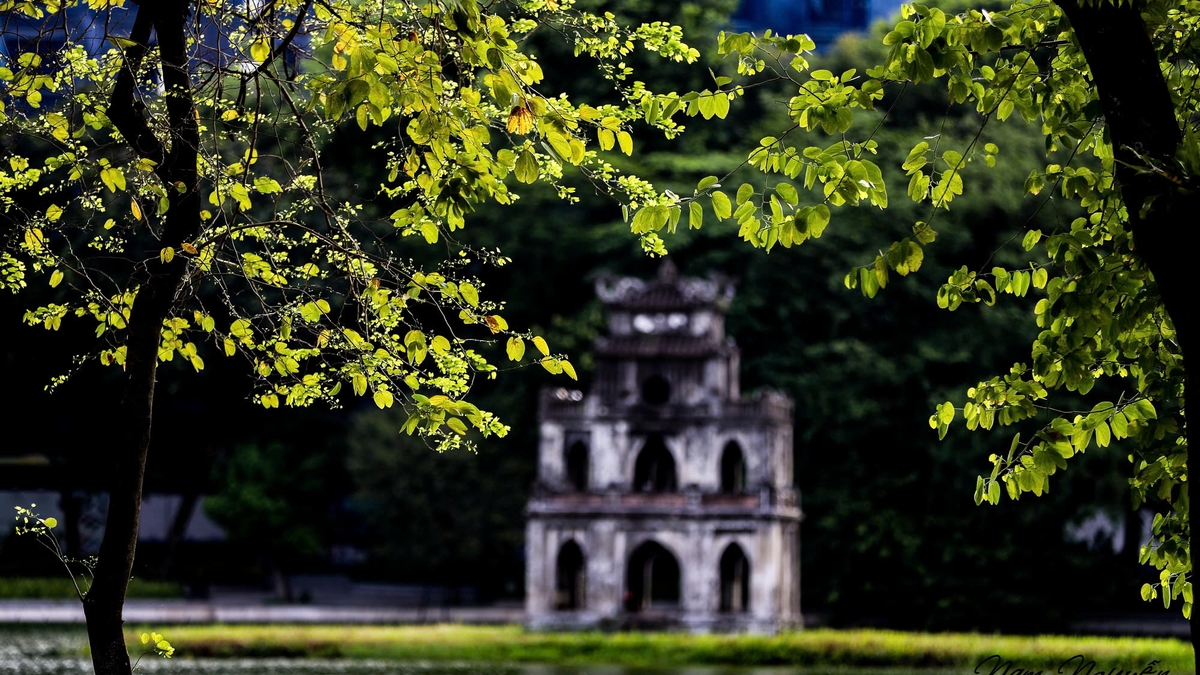









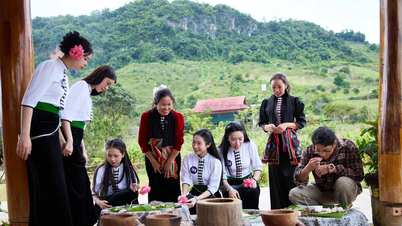




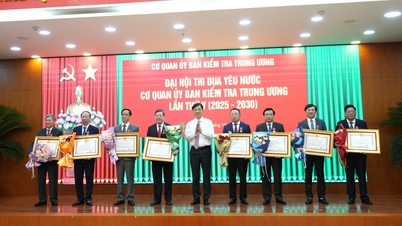















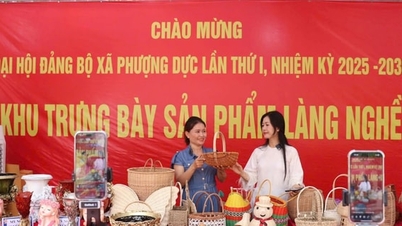
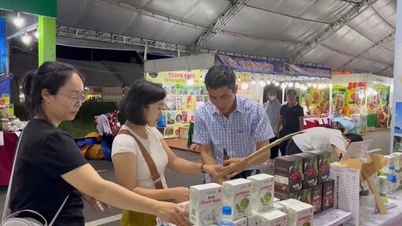

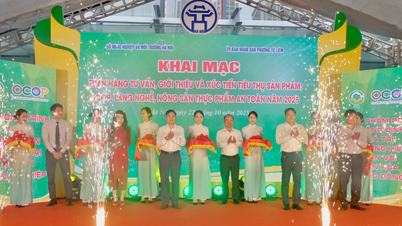
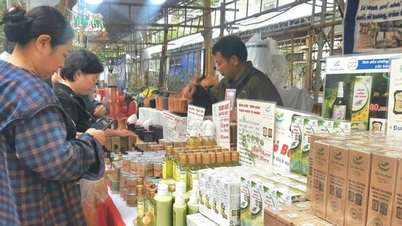
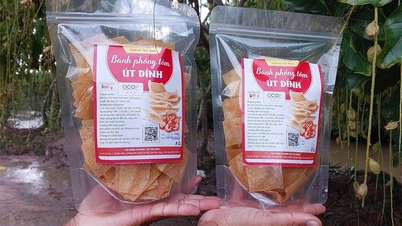




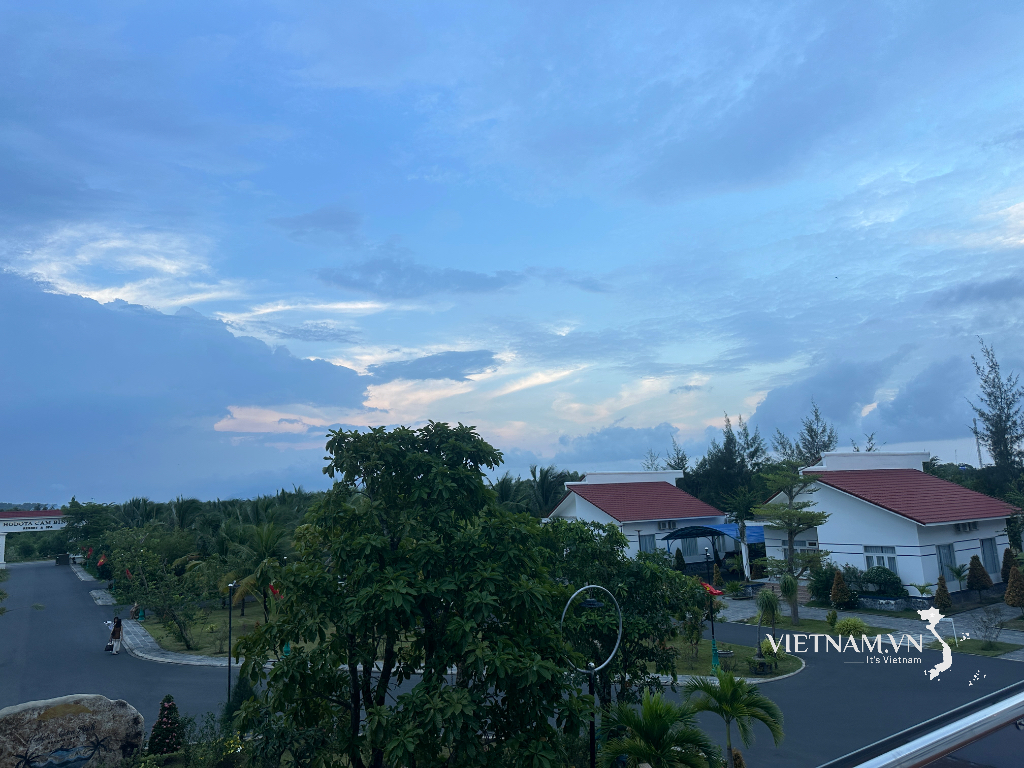
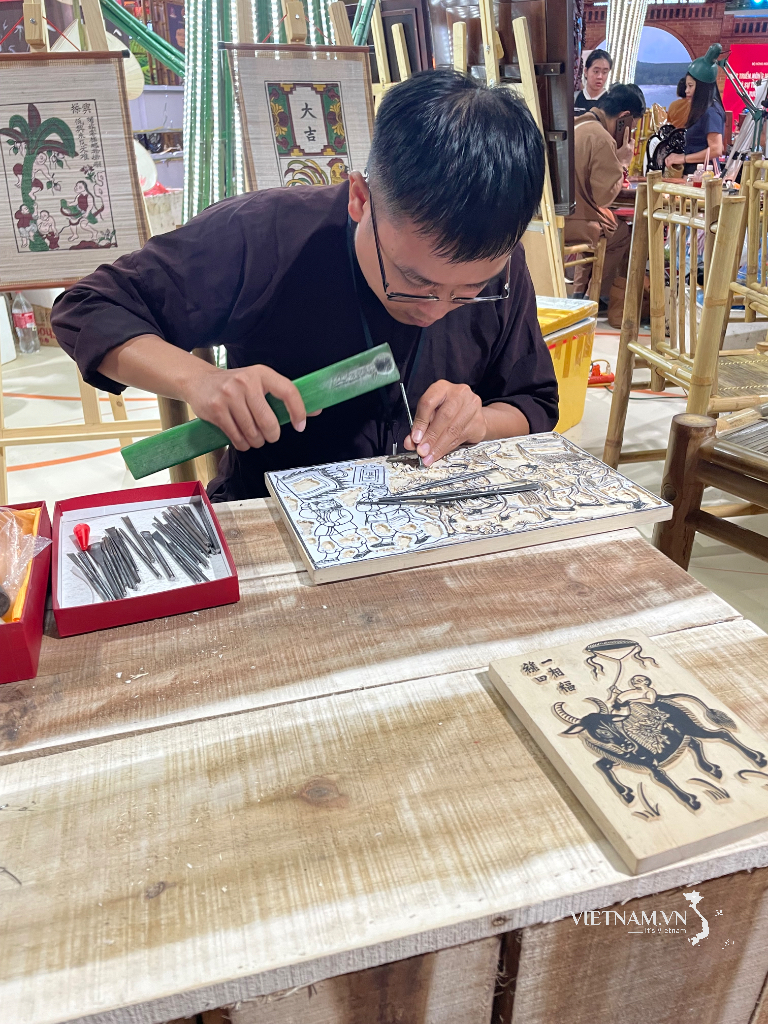

Comment (0)